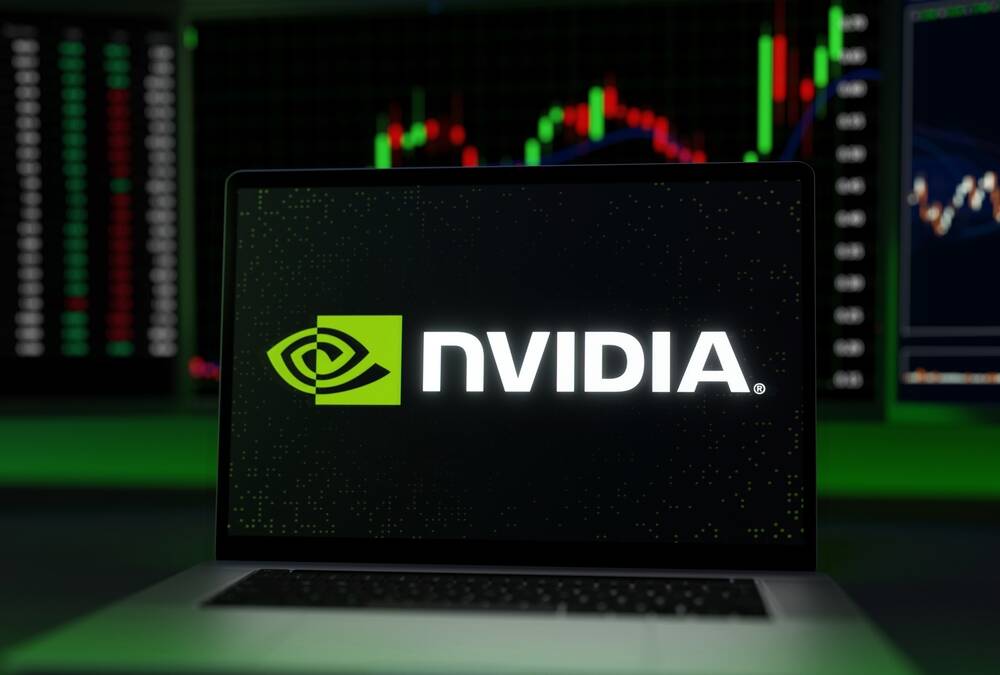Nvidia To Power More Supercomputers As AI Frenzy Kicks In

Computex Not content with unveiling its DGX GH200 AI supercomputer at Computex, Nvidia said it is involved in several other supercomputers targeting AI processing, including one in Israel and two based in Taiwan.
As part of the announcement surrounding its Nvidia Spectrum-X Networking Platform, the GPU giant said it intended to build a “blueprint and testbed” system to showcase the technology. This will be known as Israel-1, and described as a hyperscale generative AI supercomputer, which will be deployed into its Israeli datacenter.
Unlike some other systems disclosed, this one will be based on Nvidia’s existing HGX H100 technology, BlueField-3 DPUs, and built using Dell PowerEdge XE9680 servers.
Spectrum-X is itself based on the pairing of Nvidia’s Spectrum-4 Ethernet switch with BlueField-3 DPUs. The Spectrum-4 is claimed to provide 64 ports of 800Gbps Ethernet, while those DPUs use RDMA over Converged Ethernet (RoCE) to boost data transfers.
- Nvidia creates open server spec to house its own chips – and the occasional x86
- Intel says AI is overwhelming CPUs, GPUs, even clouds – so all Meteor Lakes get a VPU
- Look mom, no InifiniBand: Nvidia's DGX GH200 glues 256 superchips with NVLink
- When it comes to liquid and immersion cooling, Nvidia asks: Why not both?
According to The Times of Israel, this “blueprint and testbed” system is expected to be capable of a performance of up to 8 exaflops, which would make it one of the world’s fastest AI supercomputers when it comes online some time towards the end of 2023.
“Spectrum-X is a new class of Ethernet networking that removes barriers for next-generation AI workloads that have the potential to transform entire industries,” Nvidia’s senior vice president of networking Gilad Shainer said in a statement.
Taipei-1 will likewise be built and operated by Nvidia and based around its H100 technology. In this case it will comprise 64 DGX H100 systems, plus 64 OVX systems. Each DGX H100 packs in 8 of the H100 GPUs, based on Nvidia's Hopper architecture, while the OVX features L40 GPUs based on the Ada Lovelace architecture.
Also based in Taiwan will be Taiwania 4, which is set to be built by Asus and located at the National Center for High-Performance Computing (NCHC). This will be based on Nvidia’s Grace CPU Superchip, which combines two Arm-based processor dies for a total of 144 compute cores. It is understood that Taiwania 4 will comprise 44 nodes, linked using Nvidia’s Quantum-2 InfiniBand interconnect.
Meanwhile, Asus is also planning to offer AI servers based on Nvidia’s DGX hardware. According to Bloomberg, the AFS Appliance will be offered under a subscription-based model, but installed on the customer’s own premises. This is to allow organizations to take advantage of generative AI modesl while keeping control over their data, rather than building applications in the cloud.
However, this comes at a price: the AFS Appliance with Nvidia DGX will likely cost around $10,000 a month, although Asus told Bloomberg it aims to have 30 to 50 enterprise customers in Taiwan and expand internationally by the end of this year.
This news follows the announcement yesterday of the DGX GH200 AI supercomputer, featuring 256 Grace-Hopper superchips stitched together with Nvidia’s NVLink technology, plus a reference architecture for servers using its accelerators known as MGX.
All of this frenzy of interest around AI, especially the latest generation of large language models (LLMs) and generative AIs has helped fuel demand for Nvidia’s products, with the result that the GPU-flinger has now hit a trillion-dollar market value, according to Reuters.
This turnaround follows news earlier this month that CEO Jen-Hsun Huang saw his remuneration fall 10 percent because of missed financial targets for its fiscal year 2023 that ended in January. ®
From Chip War To Cloud War: The Next Frontier In Global Tech Competition
The global chip war, characterized by intense competition among nations and corporations for supremacy in semiconductor ... Read more
The High Stakes Of Tech Regulation: Security Risks And Market Dynamics
The influence of tech giants in the global economy continues to grow, raising crucial questions about how to balance sec... Read more
The Tyranny Of Instagram Interiors: Why It's Time To Break Free From Algorithm-Driven Aesthetics
Instagram has become a dominant force in shaping interior design trends, offering a seemingly endless stream of inspirat... Read more
The Data Crunch In AI: Strategies For Sustainability
Exploring solutions to the imminent exhaustion of internet data for AI training.As the artificial intelligence (AI) indu... Read more
Google Abandons Four-Year Effort To Remove Cookies From Chrome Browser
After four years of dedicated effort, Google has decided to abandon its plan to remove third-party cookies from its Chro... Read more
LinkedIn Embraces AI And Gamification To Drive User Engagement And Revenue
In an effort to tackle slowing revenue growth and enhance user engagement, LinkedIn is turning to artificial intelligenc... Read more

